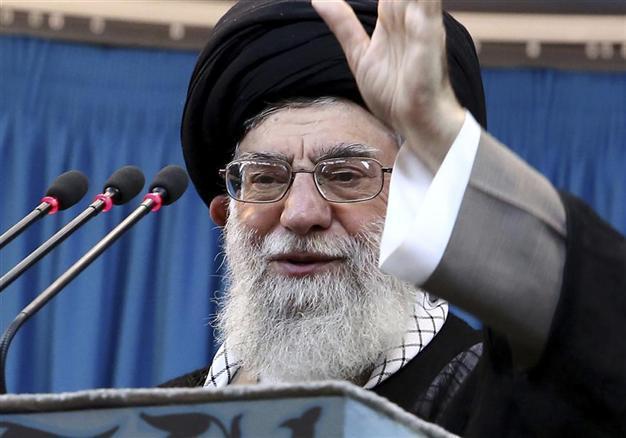CIA admits role in 1953 Iran coup
WASHINGTON

In this picture released by an official website of the office of the Iranian Supreme Leader Ayatollah Ali Khamenei, waves to worshippers as he concludes his sermon of Eid al-Fitr prayer in Tehran, Iran, Friday, Aug. 9, 2013. AP Photo/Office of the Iranian Supreme Leader
The U.S. spy agency, CIA, has admitted to its participation in a 1953 coup that ousted Iranian Prime Minister Mohammed Mossadegh after decades of widespread speculation that it had helped overthrow the democratically elected leader.
The agency released a version of “The Battle for Iran” internal report following a Freedom of Information Act request. The document, published on the National Security Archive (NSA) website, was initially released in 1981, but most of it was blacked out at the time, including an entire section on the coup.
“The military coup that overthrew Mossadegh and his National Front Cabinet was carried out under CIA direction as an act of U.S. foreign policy,” the report read. “The risk of leaving Iran open to Soviet aggression compelled the United States ... in planning and executing TPAJAX.”
TPAJAX was the CIA’s codename for the overthrow plot, which relied on local collaborators at every stage. It consisted of several steps: using propaganda to undermine Mossadegh politically, inducing the shah to cooperate, bribing members of Parliament, organizing the security forces and fomenting public demonstrations. The initial attempt actually failed, but after a mad scramble, the coup forces pulled themselves together and came through on their second try, on Aug. 19.
The coup saw the formation of a monarchy under Iran’s last shah, Mohammad Reza Pahlavi, whose dictatorial tenure was finally brought to an end by the 1979 Iranian Revolution.
